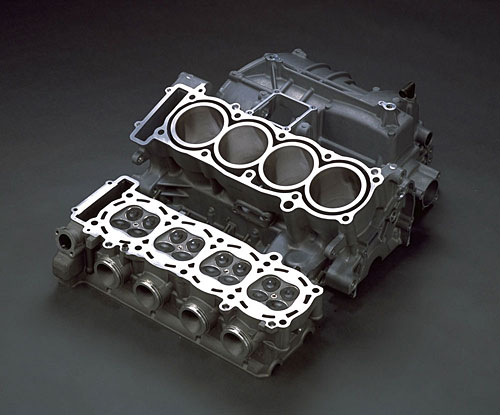Alakso
Well-known member
For you gear-heads out there does anyone know what the stock FJR combustion chamber squish is?
What kind of combustion chamber design does the FJR use, Hemi, D-shaped, Bathtub, etc.?
What is the thickness of the stock head gasket?
What kind of combustion chamber design does the FJR use, Hemi, D-shaped, Bathtub, etc.?
What is the thickness of the stock head gasket?


































































